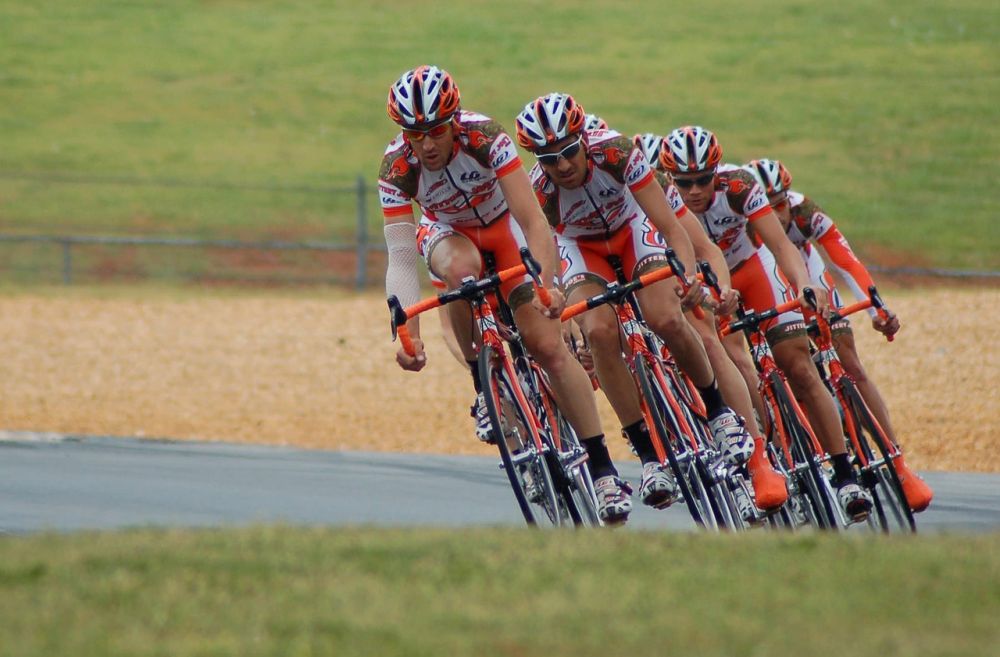**Tour de France Winners: A Deep Dive into Cyclings Most Prestigious Race**

**Introduction**
The Tour de France, also known as Le Tour, is an internationally renowned bicycle race that has captured the imagination of sports enthusiasts worldwide. Since its inception in 1903, the race has been the ultimate test of endurance, skill, and determination for professional cyclists. In this article, we will explore the significance of Tour de France winners and provide a comprehensive overview of how the race has evolved over time.
**Understanding Tour de France Winners**

For those who are new to the world of cycling or simply intrigued by the Tour de France, it is essential to grasp the importance of its winners. The yellow jersey, also known as the maillot jaune, is bestowed upon the individual who completes the race in the shortest amount of time. This coveted jersey symbolizes the ultimate achievement in cycling and signifies the rider’s exceptional physical prowess and strategic planning.
To become a Tour de France winner requires more than just unmatched athleticism. It demands exceptional endurance to cycle over 3,500 kilometers in three weeks, navigating challenging terrains and enduring unpredictable weather conditions. The winner must also display impeccable tactical skills to contend with grueling mountain stages and carefully conserve energy for crucial moments in the race.
**Historical Evolution of Tour de France Winners**
The history of Tour de France winners is a fascinating journey through time, reflecting the evolution of cycling as a sport. Let us delve into the key milestones that have shaped this prestigious race.
1. The Early Years: From 1903 to World War I
– The inaugural Tour de France took place in 1903, attracting 60 participants.
– Maurice Garin became the first-ever winner, setting a precedent for future champions.
– The race was suspended during World War I but resumed in 1919 with increased popularity.
2. The Golden Era: 1920s to 1930s
– The 1920s and 1930s witnessed the emergence of cycling legends such as Philippe Thys and André Leducq.
– Riders faced arduous challenges, including gravel roads, lack of technology, and frequent punctures.
– The race started capturing international attention and became an iconic event in French culture.
3. Modern Era: Post-World War II to Present
– The implementation of television coverage in the 1950s propelled the Tour de France to global fame.
– Cyclists like Jacques Anquetil and Eddy Merckx dominated the race, establishing new records and showcasing their superiority.
– The race underwent various reforms, introducing time trials, increased prize money, and strict anti-doping measures.
4. Recent Years: Competition Intensifies
– In recent years, the competition among Tour de France winners has intensified with the rise of specialized team strategies and strategic alliances.
– Lance Armstrong’s seven consecutive victories from 1999 to 2005 were tainted by doping scandals, leading to increased scrutiny and stricter anti-doping regulations.
– The 21st century has seen the emergence of new talents such as Chris Froome and Tadej Pogačar, who have displayed remarkable athleticism and determination.
**Featured Snippet: Highlights of Tour de France Winners**
– The Tour de France winners showcase the pinnacle of athleticism and endurance in professional cycling.
– From Maurice Garin to Tadej Pogačar, each winner has etched their name into the annals of cycling history.
– The race has evolved over time, adapting to technological advancements and societal changes.
– Championing the yellow jersey requires a blend of physical prowess, strategic planning, and mental fortitude.
– Tour de France winners inspire millions of people worldwide, fueling the passion for cycling and sporting excellence.
**Conclusion**
The Tour de France stands as a testament to the indomitable spirit of human potential. Its winners embody the grit and determination required to conquer one of the most challenging sporting events in the world. From the race’s humble beginnings to its modern-day spectacle, Tour de France winners have left an indelible mark on the sport of cycling. As we look towards the future, we await with bated breath to witness the triumphs and tribulations of the next generation of riders who will etch their names in the history books of one of the greatest races on Earth.











